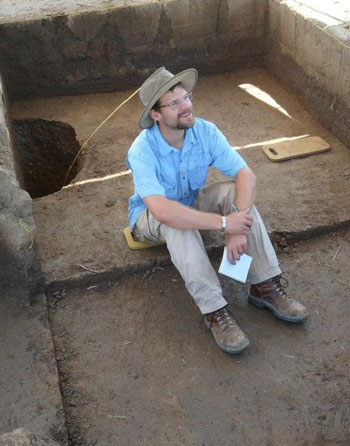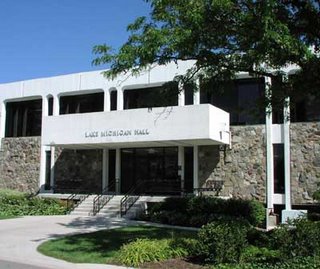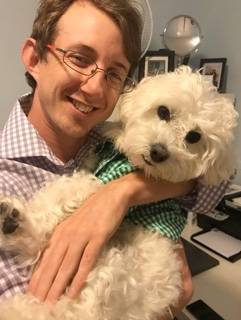Anthropology Laboratory
Collections Manager; Wesley Jackson

The lab is committed to working with students and faculty. We follow the guidance from the University Virus Action Team. Computers, printers, research material and other lab resources remain available for use.
Projects involving archaeological, faunal, or bio archaeological material as well as use of recorders, cameras, laptops, or other electronics will be reviewed case-by-case to determine best available practices. Please contact the lab supervisor, Wesley Jackson ([email protected]), with any questions
Lab Calendar
Contact Lab Supervisor, Wesley Jackson ([email protected]), to reserve a lab space.

The Anthropology Department has several spaces designed to cater to the many facets of the discipline. The ELVis lab is designed for ethnographic and linguistic anthropology while the Bio Lab specializes in biological and physical anthropology. Other spaces are designated for archaeological curation and research. The Anthropology Lab, the primary center for student activity, is located at LMH 249 (see photos). Our old Lab is still located at 31B Lake Michigan Hall, but is used primarily for equipment storage. The lab provides a state-of-the-art facility for faculty, staff, and students. It is the focus of research in archaeology, biophysical, and cultural anthropology research, as well as student activities.
Labs
The Lab is a busy place. The Anthropology Club meets weekly, and it is also the meeting place of the Wright L. Coffinberry Chapter of the Michigan Archaeological Society on the second Thursday of each month. You'll also find students working on projects and faculty conducting research on a collection of over 200,000 artifacts from over 300 sites. The Lab is open to all anthropology students - drop in and make yourself at home, study, look over the anthropology library, and introduce yourself to other students, faculty and the lab supervisor, Wesley Jackson.
The Lab is used for a hands-on instructional space for students in current courses, research space for faculty and students to conduct individual and university research, public outreach and community and school presentations. We are also a repository for the GVSU and W. L. Coffinberry archaeological collections as well as associated records and databases.
The Anthropology Department houses over 200,000 archaeological artifacts from more than 300 sites as well as 50 years of associated paperwork and field notes. Proper curation is a focus of the Anthropology Department, with the Curator and Lab Supervisor actively maintaining the collections. The newly acquired storage area features compact shelving in a controlled climate. Curation of archaeological artifacts requires continual management. The Curator and Lab Supervisor are currently working with student assistants on a multi-year project to standardize and improve the organization of the collections.
Along with curation, the diverse collections provide students and faculty the opportunity to engage in research projects. Specialized equipment, such as the Olympus polarizing microscope outfitted with a high resolution scientific camera for thin section analysis, allow possibilities for original research.
The Biological Anthropology Lab is a space catering to biological and physical anthropological study. In addition to having a vast library of hominid skull cast for teaching and studying, the space also features a vented fume hood for experiment. An annual project creating chicken mummies is one of the uses of the hood.
The lab acts as a class space as well as a study area for faculty and students.
The Ethno, Linguistic, and Visual (ELVis) lab is a space devoted to research and teaching in cultural and linguistic anthropology. The lab houses video and audio recording equipment, software for editing, transcription, and linguistic data analysis, and provides students and faculty with a sound-controlled space for conducting ethnographic interviews.


